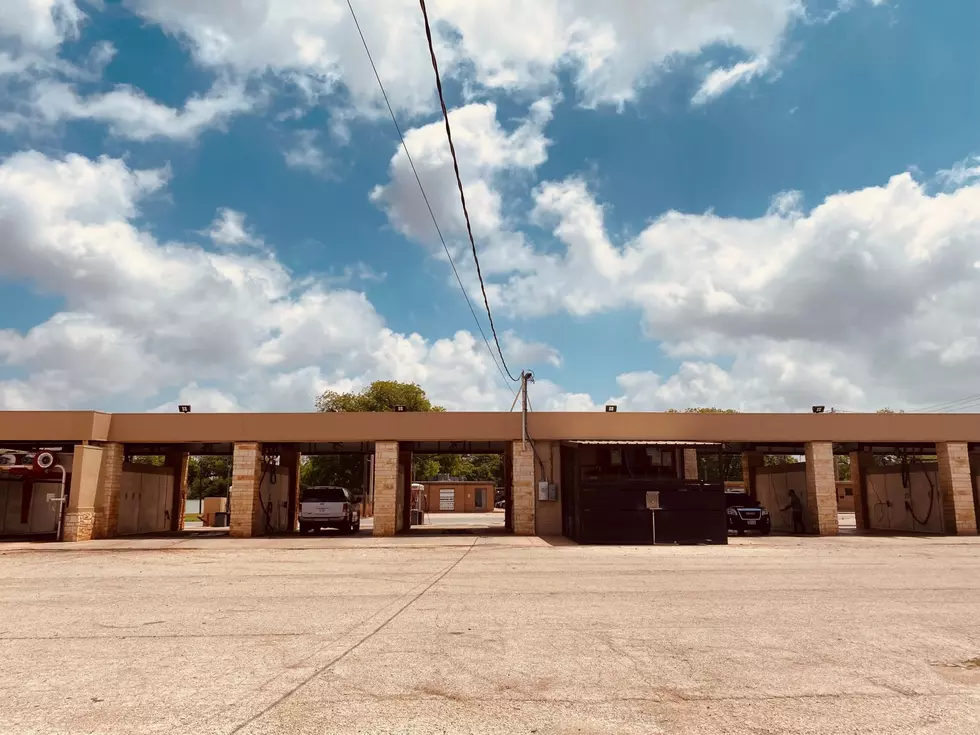
Ghost Towns in Texas
A ghost town is defined as a once thriving town/city that has, over the years, been abandoned. Some are right here in our own backyard others you might not have even considered being ghost towns. There are more than 900 ghost towns in the state of Texas and here are just a few.
We will start with some ghost towns close to home and talk about some you might visit without realizing they are actually ghost towns.
Fort Phantom
Ft. Phantom began as a US/Confederate Army Base in 1852. The Army eventually abandoned the area and fire would eventually destroy most of the log and thatch buildings leaving only the rock walls and chimneys standing.
There were a couple of short re-openings of the area when it was used by the mail service and then as a substation for Fort Griffin during the civil war. The Ft. was also named the county seat of Jones County but that was eventually moved to Anson.
Today, the remnants of what was once a growing community, is known as one of the most pristine historic landmarks in the state.
Fort Griffin
Fort Griffin was established in 1867 as a US Army/Calvary unit. It was built to protect settlers from the Comanche and Kiowa Indians. The settlement community provided entertainment and catering to wagon trains, cattle drives and military personnel.
After the Red River War the military installation found itself in the middle of the town and it was decided that the unit would move to Ft. Clark and so it was abandoned. Today, it is a State Park just outside of Albany, Texas.
To see the history of Ft. Griffin played out live be sure to visit Albany the last 2 weekends in June each year for the Ft. Griffin Fandangle, known as Texas' oldest outdoor musical.
Iberis
Iberis was a small community in far South Abilene, between Abilene and Buffalo Gap, that was settled in 1889 by the Kincaid family. The Kincaid school was opened in 1901 and just a few years later was the home of around 30 students.
Not long after, a Presbyterian church was established and a few years later the Abilene Southern Railway was built through the town. There also came to be a gin, gas station, blacksmith, general store and a post office.
During the 1930's and 40's storms had taken out the church and homes and the schools had been consolidated with the Wylie area and by the mid '80s the cemetery was all that once was Iberis. I have family members, as many of you may, buried at the Iberis cemetery.
With the South Abilene boom over the last couple of decades the area has seen a resurgence or sorts.
Thurber
The handful of residence that do reside in Thurber may not see it as a 'ghost town' but in reality that is what it is.
Thurber, at one time, was populated with more than 10,000 people and was the one of the largest producers of bituminous coal in Texas. The town was located near the Texas and Pacific Railroad and provided retail, grocery, hardware, dry goods and drug store for the railroad.
Today the most notable landmark is the Smokestack that can be seen from I-20 as well as the restaurant of the same name.
Indianola
Is located on Matagorda Bay and was founded in 1846 and was a landing place for German immigrants coming to Texas. It was originally called Indian Point and was officially changed to Indianola in 1849.Next to Galveston, Indianola became a primary port of goods coming into Texas.
Two major storms hit the area. The first storm was in 1875 where hundreds were killed. The town rebuilt but just a few years later, in 1886 a second storm hit and it was virtuously impossible to rebuild.
Shipping was moved to Galveston, the post office was closed and the town dried up and was declared 'dead' by 1887. Today Indianola is a coastal fishing village.
Lajitas/Terlinqua
Lajitas and Terlingua are in the Big Bend Region of the state and were once inhabited by Mexican Indians. They were eventually were run off by Apache and Comanche Indians. Anglos became a part of the area around 1850.
A couple of decades later quicksilver was found in the area and people began to pour into the town. Mining along with cattle ranching became a major commerce in the area. Lajitas was eventually named a port of entry to Texas from Mexico and soon stores, schools, churches, a post office, saloons and the Terlingua Mining Company were established. The company discovered cinnabar from which Mercury is extracted.
When Pacho Villas bandits showed up the Calvary was sent in and set up post in Lajitas. Once the mining dried up the towns disappeared, all but a few buildings and the cemetery.
Today, both towns are tourist destinations with Lajitas being a very nice golf resort and Terlingua hosting an annual chili cook-off. Terlinqua also houses the 'beer drinking mayoral goat'. The goat, was officially the mayor of Lajitas.
Again these are just a sprinkle of the more than 900 ghost towns that exist in Texas today. Many consist of just a building or two or maybe a cemetery to show that they ever existed. However, some have become tourist attractions or parks which keep them relevant and remind us of where we all came from and how Texas became the great state it is today.





